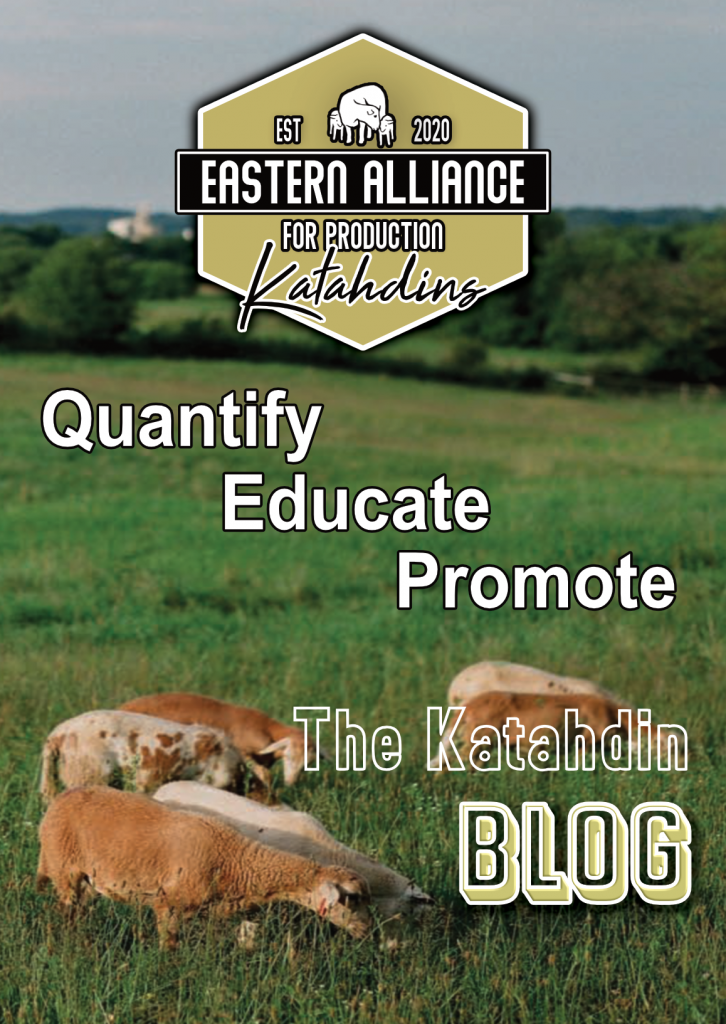Buying Parasite Resistance: considerations for greater success
Often producers interested in adding genetics for parasite resistance to their flock are faced with deciphering the fecal egg count (FEC) EBVs listed on a stall card or catalog at an auction (online or in person). Is that enough information to identify a parasite resistant animal? In my experience, no.


